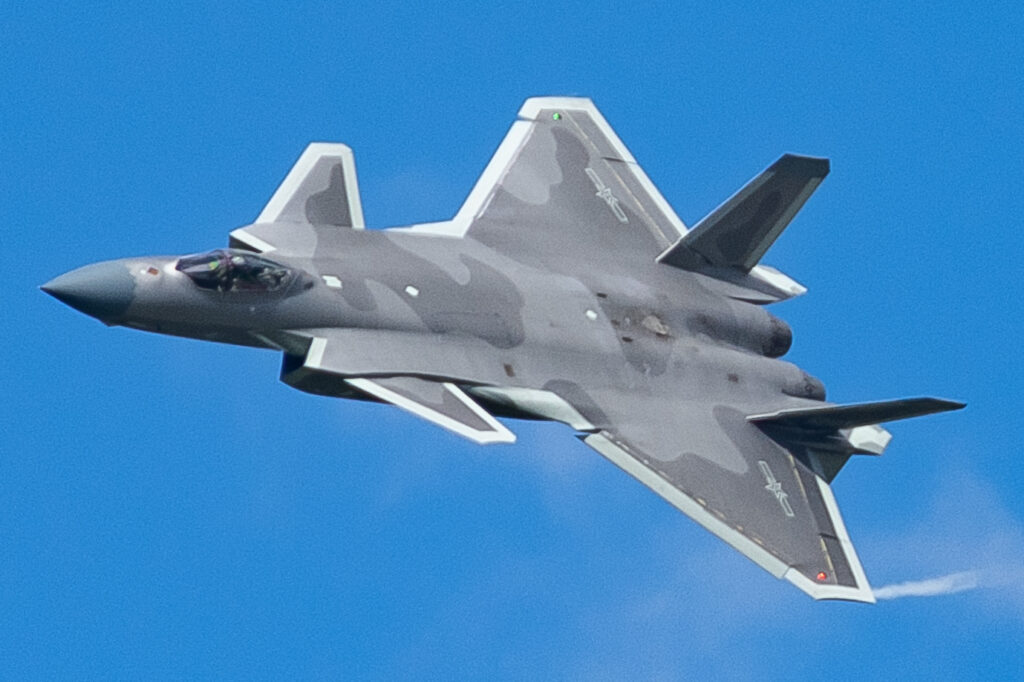How Much Time?

How much warning would we have of a Chinese attack on Taiwan? This is a huge question, informing the US defense posture in the Pacific, our defense industrial base strategy, and the extent of US support for Ukraine. I tend to think that surprise attacks are almost impossible under modern conditions, and that they’ve been pretty much impossible since the beginning of the 20th century. Actually successful surprise attacks have generally depended on willful blindness (certainly the case on June 22, 1941, and mostly the case on December 7, 1941), and advances in surveillance technology have only served to make military preparations more transparent over time. Much as Russia’s decision to invade Ukraine (or at least to have an invasion as a policy option) was clear six months in advance, any Chinese decision to attack Taiwan should be apparent well in advance.
But a lot of that is vibes. A new report at the Economist has some details; I regret that everything is behind the paywall but this is the world we live in…
Watching Chinese airbases:
Overall, China has been improving its preparations for a potential air war. In 2012 Taiwan had 306 has, more than China’s 297. Since then China has built 380 more. America has just 15 has within 1,000km (620 miles) of Taiwan, where the risk of attack is most acute, all of them in Okinawa.
However, the locations of China’s new HAS (Hardened Air Shelters) should let Taiwan breathe easier. In 2012, 70% of China’s has were within 500km of Taiwan. Of those built later, just 9% are. Most new sites sit along China’s borders and in its populous east and south. Construction of air bases lacking has, which still provide extra runways and can hide planes’ locations, has also clustered in these areas. This makes sense for a modernising air force facing a range of threats—not for one focusing mainly on Taiwan. China’s fastest jets take 90 minutes to fly from Beijing to the Taiwan Strait.
What war mobilization might look like:
The logistical build-up would already have been visible to outsiders weeks earlier. In advance of z-day, as Ian Easton labelled it in “The Chinese Invasion Threat”, the whole of China’s south-eastern coast closest to Taiwan would be turned into “a well-stocked war camp”, with razor wire spooled along the shore line, fleets of civilian and military ships, and sprawling military encampments housing a vastly expanded array of troops and all their equipment. A steady trail of rail and freight transport with a build-up of military and other vehicles would ferry people, weapons, munitions and supplies. Commercial and coastguard vessels would be commandeered for military use, along with many civilian road vehicles. Field hospitals would be set up, just as Russia did near the border with Ukraine about two months before its attack last year.
Long term economic signals:
One area to focus on is commodities, namely energy, food and metals. China would want to secure adequate supplies of each before launching an invasion. Many of these goods come from abroad and are bought by the state, so trade data are a useful gauge of the government’s intentions. Patterns that would warrant attention include large and continuous increases in supplies, sudden changes in imports or exports, purchases that go against the market and moves that are out of line with historical trends. No single data point will indicate that a war is coming. But a plausible early-warning system might be formed by pooling observations.
Incidentally, this Van Jackson post on Matt Stoller is gated, but nevertheless well worth your time:
So why the hell am I talking about this dude? I wouldn’t bother, except that he represents an emerging problem in the politics of US foreign policy. His particular view of political economy has led him to embrace what I would describe as national security Keynesianism, and national security Keynesianism has led him to openly align himself with extremely reactionary, militarist preferences regarding China and the US national security state.


